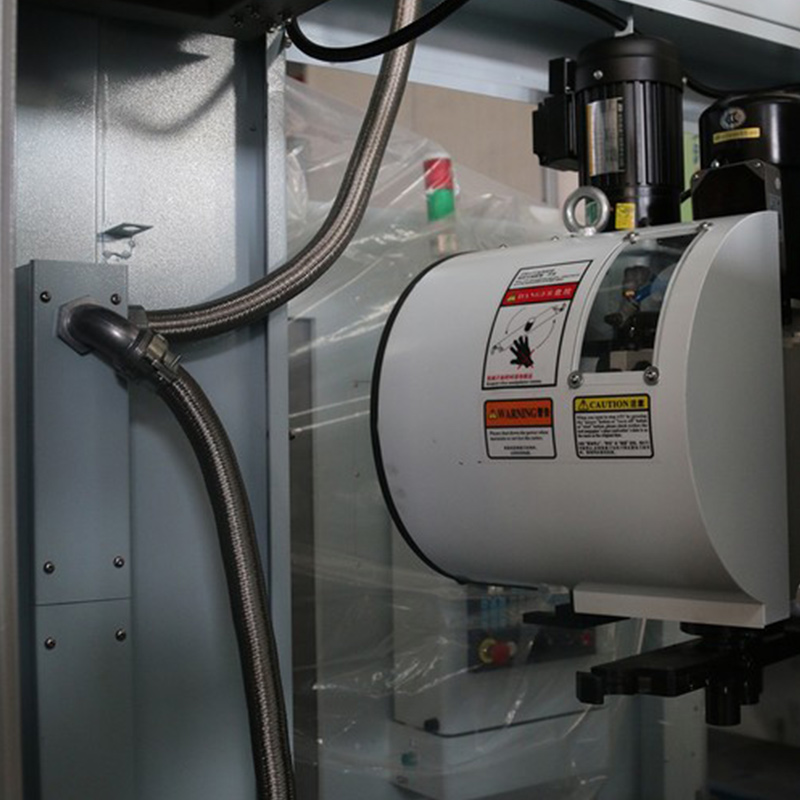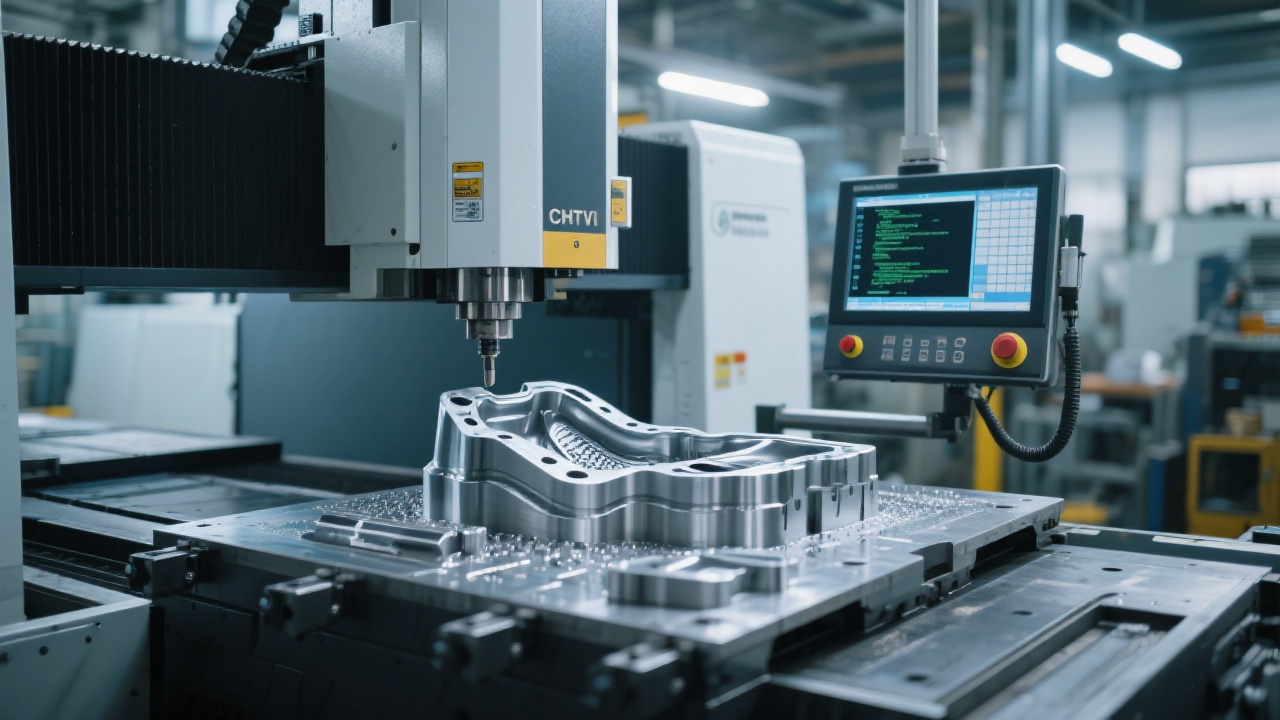
In the footwear manufacturing industry, the production of small - batch, multi - variety sole molds has long been plagued by low efficiency and difficulty in ensuring precision. This article aims to provide in - depth insights into how five - axis linkage technology can address these issues, offering practical solutions for shoe mold manufacturers.
Traditional manufacturing methods for sole molds often struggle to keep up with the requirements of small - batch, multi - variety production. The complex shapes of modern sole designs, especially those with intricate curves, demand high precision. However, conventional machining processes usually involve multiple set - ups, which not only increase the production time but also introduce significant clamping errors. According to industry statistics, in traditional three - axis machining, the error rate due to multiple set - ups can reach up to 5%, greatly affecting the quality of the final product.

Five - axis linkage CNC technology represents a significant advancement in machining. It synchronously controls both linear and rotary axes, allowing the cutting tool to approach the workpiece at the optimal angle. This means that the tool can maintain a constant cutting path along the complex surface of the sole mold, regardless of its shape. By optimizing the tool angle, the technology can effectively reduce the number of set - ups required. In some cases, what used to take 5 - 6 set - ups in traditional machining can be completed in just 1 - 2 set - ups with five - axis linkage technology, reducing the set - up error to less than 1%.
One of the key advantages of five - axis linkage technology is its ability to minimize clamping errors. With fewer set - ups, there are fewer opportunities for misalignment. This is crucial for the production of sole molds, where even a small error can lead to an ill - fitting shoe. By reducing clamping errors, the technology ensures that the final product meets the high - precision requirements of the footwear industry.
Five - axis linkage technology also significantly enhances the surface quality of the sole molds. The optimized tool angle allows for smoother cutting, resulting in a higher surface finish. In fact, the surface roughness can be reduced by up to 30% compared to traditional machining methods. This not only improves the appearance of the mold but also has a positive impact on the quality of the soles produced.
In addition to reducing errors and improving surface quality, five - axis linkage technology streamlines the production process. By reducing the number of set - ups and optimizing the cutting path, the overall production time can be reduced by up to 40%. This not only increases productivity but also lowers production costs, making it an attractive option for shoe mold manufacturers.

To illustrate the practical benefits of five - axis linkage technology, let's look at some real - world examples. A shoe mold manufacturer in Italy, facing challenges in producing small - batch, complex sole molds, decided to upgrade to five - axis linkage machining. After the upgrade, they were able to reduce their production time by 35% and improve the surface finish of their molds. Another case is a Chinese shoe mold company that adopted this technology. They saw a significant reduction in their scrap rate, from 8% to just 2%, thanks to the reduced clamping errors.
Five - axis linkage technology offers a comprehensive solution for shoe mold manufacturers dealing with small - batch, multi - variety production. By reducing clamping errors, improving surface quality, and optimizing the workflow, it can help companies enhance their competitiveness in the global market. If you are a shoe mold manufacturer looking to upgrade your equipment or optimize your processing technology, don't miss out on the opportunity to embrace five - axis linkage technology. Click here to learn more about how five - axis linkage technology can transform your shoe mold production!


